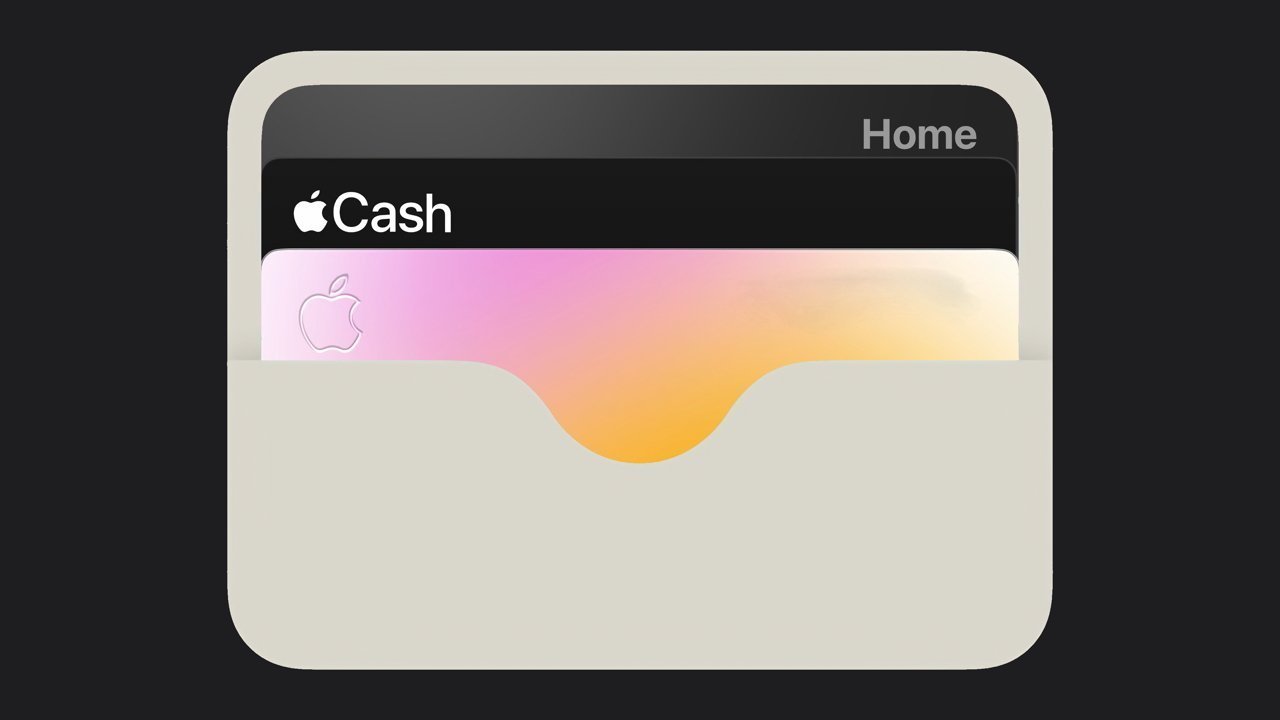You know what? While learning data science we tend to write code, we learn new things, we try to develop ourselves by learning new algorithms, statistical methods and Concepts. Like most of the time, we use Google to search various information like code syntax, math formula, etc. And we use it in our code or in Jupyter notebooks and go straight to next point, forgetting about its use in next iteration️. Or We make a cheat sheet to store the information in compact and concise manner.
Today, we will have a brief review of data science cheat sheets. Along with various tool use, concepts and cheat sheets on best practices. Comprehensive data is lined up next, before that, we should know what we need, right? We should know, data science is a multidisciplinary field, and it has many things to offer. If your new to this journey you should have a look at this Data Science Bootcamp syllabus.
Let’s start!!!
What is Cheat Sheet?
It is a piece of paper tend to refresh or give quick reference intended to aid one’s memory. We tend to use it by, putting formulas, code syntax or concepts on paper for quick scan.
Cheat sheets are a great recourse for quick information about various data science topics, they are best for beginner to experienced data scientists looking for brush-up their skills. When I was in high school and college, I used to make cheat sheet the old-school way, using pen and paper for various hard topics I wanted to learn better. For me It took time, but it was worthy, all information I wanted I had on cheat sheets.
Thanks to internet, now we don’t have to use the old-school method much often. People with designing and representation skills have created many data science cheat sheets in different languages which are more than sufficient for our beginner requirement.
Note: Always add example with concepts, you will not forget concept.
Benefits of Using Cheat Sheets
A data scientist has to take many decisions based on various statistical knowledge, visualization. Also, he has to deal with data manipulation, aggregation, model building, model evaluation, etc. Keep track of these manipulation, building and evaluation metrics. This way cheat sheet makes life easier in terms of task handling. If you want to know more about data science role and responsibility or more motivated to learn data science have a look at Data Science Course online.
Other than retaining information at figure tips, there are other benefits of cheat sheets as follow:
1. Emotional benefits
- Sense of optimism
Due to cheat sheets, you tend to use less space to pack more information, which helps your sense of optimism by feeling inspired, motivates and successful. - Curious for knowledge
You always try to learn more about the topic to explained in simpler words in cheat sheet which makes you informed and smarter. - Feel comfortable
When you complete you task of understanding topic and brushed up the concepts, you feel comfortable and relaxed.
2. Functional benefit
- Works better for you
As cheat sheet is created by you, it works better for you. As you know how it’s made, details you have put in it. - Simplifies your life
Cheat sheets are easy to use, they save time while revision and keeps you organized and efficient. - Makes you smarter
You always update your cheat sheet with newer information and solutions. These updates make you track learned and newer challengers.
Now without wasting more time, let’s have look in following Cheat sheets.
Comprehensive Data science Cheat sheets
Following are topic-wise cheat sheets. Do suggest if you need any specific topic cheat sheet.
- Probability: It is one of the basic concepts in data science and based on its various methods and concepts are derived like probability theory, probability distributions, types of variables, properties of distributions, etc.
Link: Probability data science cheat sheet - Statistics: Statistics helps you to analyse data to predict data. Also, patterns and trends in the data are discovered using statistical methods. Also, statistical methods help to discover the value distributions in the data.
Link: Statistics for data science cheat sheet - Python: It is language of machine learning and computer vision. With great libraries to deal with data science application, it is also very easy to use and understand. Hence, it is very easy to adapt for beginner.
Link: Python for data science cheat sheet - R: It is beast while dealing with data wrangling. As it aids with many pre-processed modules for data wrangling. Also, well known ggplot2 gives easy visualization to data. Link: R for data science cheat sheet
- Machine learning: It is field which tends to aid data understanding, building models that learns various trends and patterns from data to improve the performance of defined task.
Link: Machine learning cheat sheet - Artificial Neural networks (ANN): ANN are part of machine learning and base of deep learning architectures. ANNs name and structure are based on human brain, considering knowledge signal transfer.
Link: Neural Networks cheat sheet - PySpark: PySpark is python API for Apache Spark framework. It is combination of Python and Apache Spark. PySpark can manage large amounts of data much quicker than other frameworks like pandas.
Link: PySpark data science cheat sheet - NumPy: It’s a Python library mostly deals with numeric, large multi-dimensional arrays and matrices. NumPy also supports for high-level math functions to manipulate the arrays and matrices.
Link: Numpy cheat sheet - Algebra: Algebra is one of the important part of data science and machine learning algorithms design and architecture. Various algebraic operations are implemented in algorithms.
Link: Algebra for data science cheat sheet - Linear algebra: Linear Algebra used in matrix manipulation, data pre-processing, data transformation and model evaluations. Topics you need to familiarise with: Vectors, Matrices, Transpose of a matrix, Inverse of a matrix, Determinant of a matrix, Trace of a matrix, Dot product, Eigenvalues and Eigenvectors.
Link: Linear Algebra for data science cheat sheet - Calculus: Every model implements basic to advanced calculus in algorithms. One of the well-known examples is Gradient Descent which minimizes an error function bases on the computation of the rate of change.
Link: Calculus for data science cheat sheet - SciPy : SciPy is known as Scientific Python. An open-source library of python used for scientific computing. SciPy contains packages of linear algebra, integration, interpolation, ODE solvers and signal- image processing which are general equations of science and engineering.
Link: SciPy for data science cheat sheet - Matplotlib: It is a plotting library for the python language. It is comprehensively used for creating static, animated and interactive visualizations in python. It’s a numerical extension NumPy.
Link: Matplotlib for data science cheat sheet - Seaborn: Seaborn is a library that uses Matplotlib underneath to plot graphs. It will be used to visualize random distributions. It provides a high-level interface for drawing attractive and informative statistical graphics.
Link: Seaborn for data science cheat sheet - Keras: Keras is an open-source software library that provides a Python interface for artificial neural networks. Keras acts as an interface for the TensorFlow library.
Link: Keras for data science cheat sheet - Jupyter Notebook: The Jupyter Notebook is an open-source web application that you can use to create and share documents that contain live code, equations, visualizations, and text.
Link: Jupyter notebook cheat sheet - Bokeh: Bokeh is a python package which deals with interactive visualizations for web browsers. It assists to create graphs and interactive visualization dashboards.
Link: Bokeh for data science cheat sheet - Pandas: Pandas is a python package used for data manipulation, import-export and analysis. It is mainly used with dataframes for machine learning.
Link: Pandas for data science cheat sheet - SQL: SQL is a domain-specific language used in programming and designed for managing data held in a relational database management system, or for stream processing in a relational data stream management system.
Link: SQL for data science cheat sheet - ggplot2: ggplot2 is an open-source data visualization package for the statistical programming language R. It is a well-known library in R based on the concept of layered grammar of graphics. It provides a more programmatic interface for specifying what variables to plot, how they are displayed, and general visual properties.
Link: ggplot2 cheat sheet for data science
Well, these are some best cheat sheets for kickstart to data science journey. If you think you need a helping partner for learning data science and want to know more about bootcamp must follow KnowledgeHut Data Science Bootcamp syllabus.
How to Make the Perfect Cheat Sheet
Well now it’s time to make a personalized cheat sheet
- First select the subject or topic of study
- Identify the terms or concepts repeating with certain formulae
- Make a list of steps for solving typical exercise examples
- Define colour coding considering heading, formulae and examples
- Create compact explanations for concepts
- Try to use more diagrams, they explain a lot with words.
- Try to write concept theory on one side of page and examples on other side of the paper, it is dependent on the type of course and what suits it better.
Materials You Need to Make a Data Science Cheat Sheet
- Fine liner Pens ️- To write in small words
- Ruler 15cm – To draw small lines
- Ruler 30 cm – To draw columns
- Thicker White Paper – It should not reflect the other side
- Pencils with colour leads – To colour code the heading, topic and level of importance
- Eraser – To make cheat sheet error free
Steps to Make the Perfect Cheat Sheet or Reference Sheet
Making cheat sheet is very time consuming and sometimes can take days to make it perfect for your requirement. Hence, we will start from scratch and move forward.
- Write a title at a top of sheet, draw a line below, considering your name, Course Subject. You can write date as well; it will help you to track your improvement.
- Draw columns on both side of sheet. If subject is theoretical make columns with good space, I’d rather make 3 columns within sheet. If it’s a formulae-based subject then make narrower columns. Like 4 columns within sheet.
- Define colour to headings, formulae, examples and definitions. You can write advantages in green and disadvantages in red. You can use colour leads for importance of topic.
- Always make notes in order, start with chapter 1. Write all the theory after that add relevant examples.
- Do not write anything that you do not understand, you can study them first and understand 100% then add those to cheat sheet.
This will help you to create your own cheat sheet. Always improve them with new information.
Conclusion
In this article we saw various cheat sheet for data science topics, we started from what is cheat sheet? Benefits of Cheat sheet, cheat sheets ranging from probability till ggplot2, how to make cheat sheets? Materials you need to make cheat sheets and steps to create cheat sheet. You can start by making simple cheat sheets for formulae and definitions. More information is conveyed if you diagram in cheat sheet. I hope this article is helpful and makes you motivated to create your cheat sheets. It could be anything math, python procedure for EDA, import-export, distributions and algorithms. Kindly share your thoughts and post your questions, I will be happy to answer them. In the next article, I will add other topic cheat sheets.
Frequently Asked Questions (FAQs)
1. How can I study data science effectively?
You can start by deciding realistic goals and plan accordingly.
- Start creating good habits to learn new things every day.
- Break tasks down to small portions
- Be consistent (there is simply too much to learn)
2. What is cheat sheet in data science?
It is concise and compact informative sheet of paper which include basic information about data science. It consists data types, algorithms, machine learning, NLP, deep learning, data analytics and data processing.
3. How do you make a Data science cheat sheet?
I will start by collecting data required for understanding the data science. Then I will follow already available cheat sheets for reference. Start writing as mentioned in the above headings: to make the Perfect Cheat Sheet and Steps to make the perfect Cheat sheet or Reference Sheet.
4. What is the purpose of a cheat sheet?
The main purpose of a cheat sheet is quick reference. Also, to revise the topics and concepts, to look for syntax of code, to follow steps of procedure, to learn diagrams, flowcharts, etc. It normally contains references to terms, commands or symbols.
5. How do you use the cheat sheet in Excel?
Cheat sheet for excel is important for cell selection, formatting, data addition, workbooks, formulas, etc. I use them for data analysis and data understanding with various plots and tables. Follow this Excel Cheat sheet for data science understanding.










![Data Science Cheat Sheets [Complete Collection] Data Science Cheat Sheets [Complete Collection]](https://d2o2utebsixu4k.cloudfront.net/media/images/blogs/share_image/6127437c-1bd5-452d-a4f4-aba5ffeddbf3.png)










Discussion about this post